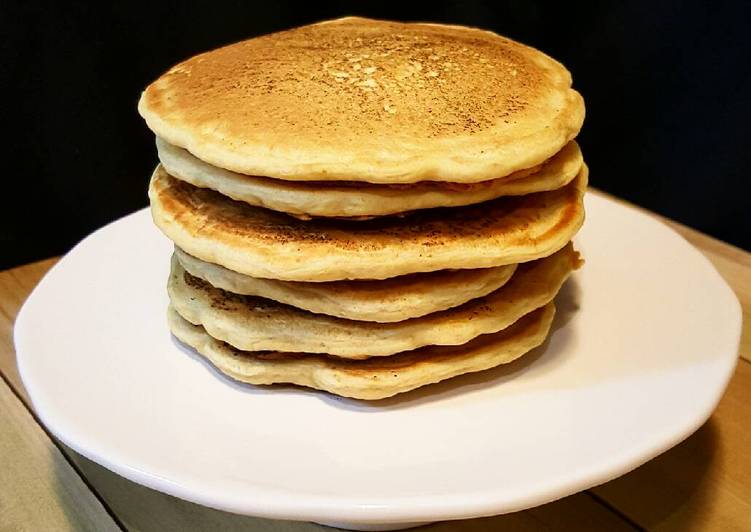Hefeweizen Pancakes. Hefeweizen typically employs noble hops like the German Hallertau while many Americans substitute with Hallertau offshoots like Liberty. Regardless, low hopping is another characteristic of Hefeweizen. The hopping rate is very low, which allows an.
 The beer that many people start off making as homebrewers and then quickly forgotten about is the subject of this week's look into.
German-style hefeweizen beers are hazy with low to medium-low malt sweetness.
Inpsired by one of my favorite Oregon spots, McMenamins, I decided to make this Honeydew Hefeweizen Smoothie!
You can have Hefeweizen Pancakes using 6 ingredients and 6 steps. Here is how you cook it.
The beer that many people start off making as homebrewers and then quickly forgotten about is the subject of this week's look into.
German-style hefeweizen beers are hazy with low to medium-low malt sweetness.
Inpsired by one of my favorite Oregon spots, McMenamins, I decided to make this Honeydew Hefeweizen Smoothie!
You can have Hefeweizen Pancakes using 6 ingredients and 6 steps. Here is how you cook it.
Ingredients of Hefeweizen Pancakes
- It's 1 cup of unbleached all-purpose flour.
- It's 1 tbsp. of organic sugar.
- You need 1/2 tsp. of baking soda.
- You need 1/4 tsp. of salt.
- Prepare 6 oz. of hefeweizen (wheat beer).
- Prepare 1/2 tsp. of lemon juice.
I know it sounds different, and it's amazing! In Germany, Hefeweizen (or "Weissbier") has a long history. For instance, Weihenstephan, which at In fact, "Hefe" means with yeast. Whereas modern lagers like to play down their yeast profile, Hefes.
Hefeweizen Pancakes step by step
- Preheat griddle to 350 degrees Fahrenheit..
- Mix flour, sugar, baking soda, and salt in a large glass bowl. Once thoroughly combined, make a well in the center..
- Simultaneously pour in beer and lemon juice. Make sure you have six ounces of liquid beer, and pour the beer close to the bowl to keep it from foaming too much..
- Whisk wet ingredients into dry ingredients until just combined. Do not over mix!.
- Allow batter to sit for 5-7 minutes..
- Pour batter onto hot griddle in 1/3 cup portions. Cook 1-2 minutes on each side..
Video showing chiller output and temperature drop from the chiller. Hefeweizen is the original wheat beer and a summer favorite. Some brewers use a different strain than the traditional German weizen ale yeast and others may add citrus or spices. Session beers are all the rage right now. Imperial stouts and double IPAs have their place, to be sure, but craft beer consumers are increasingly demanding more flavor from less alcohol.